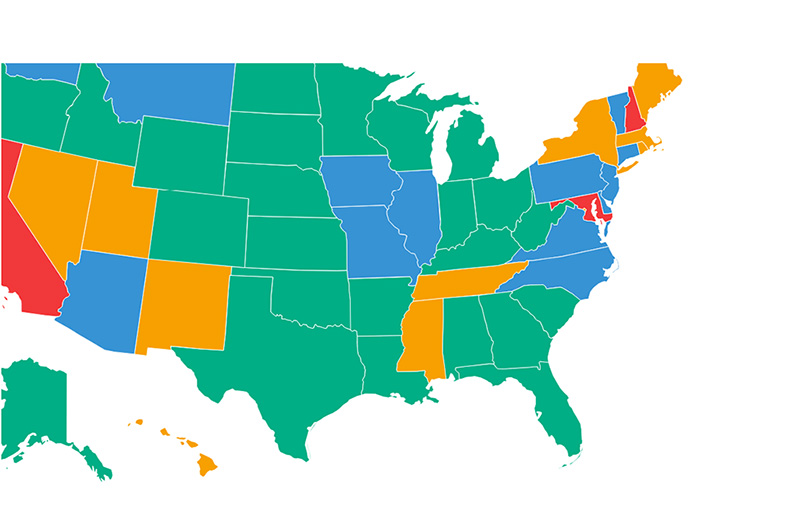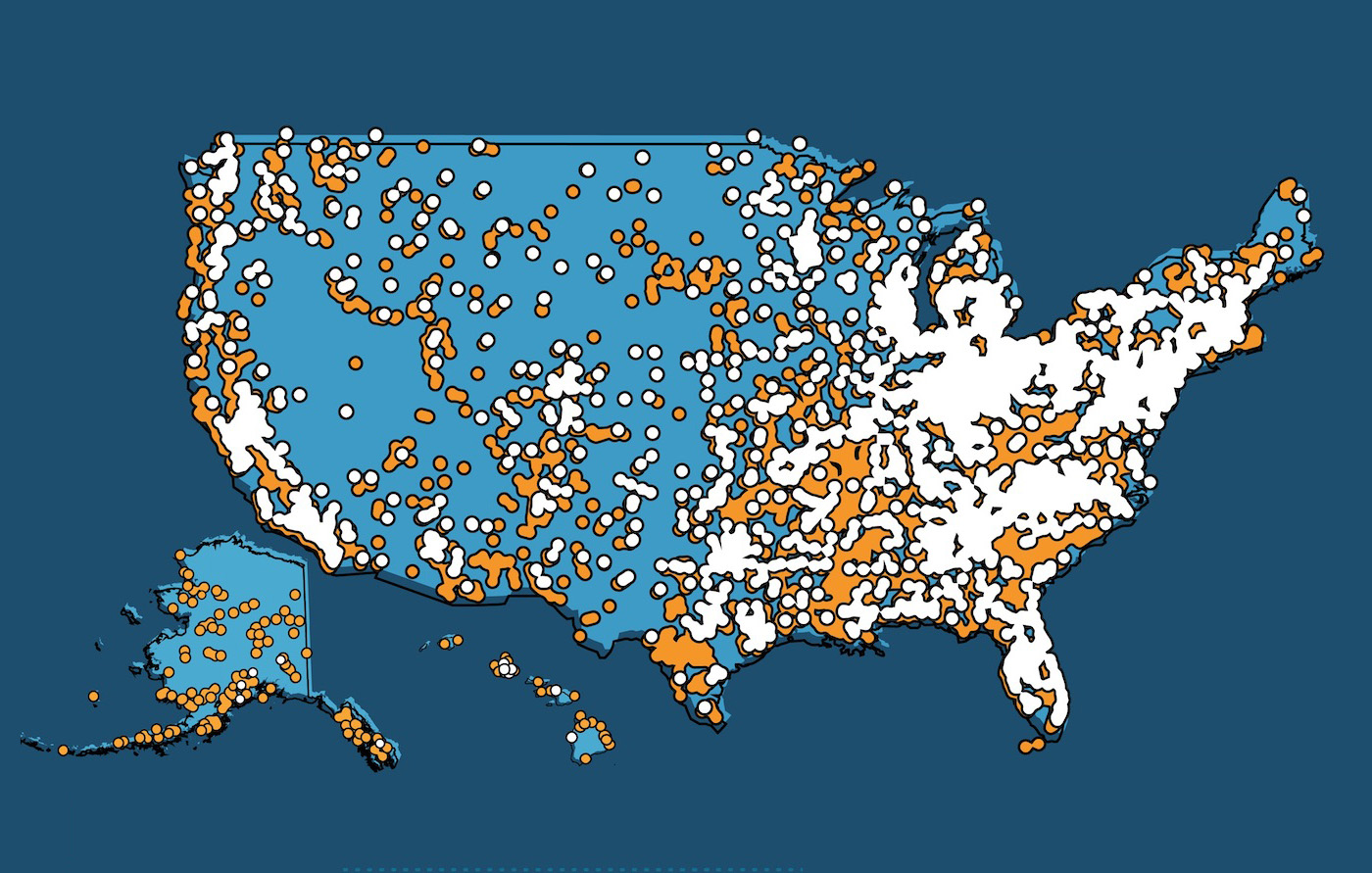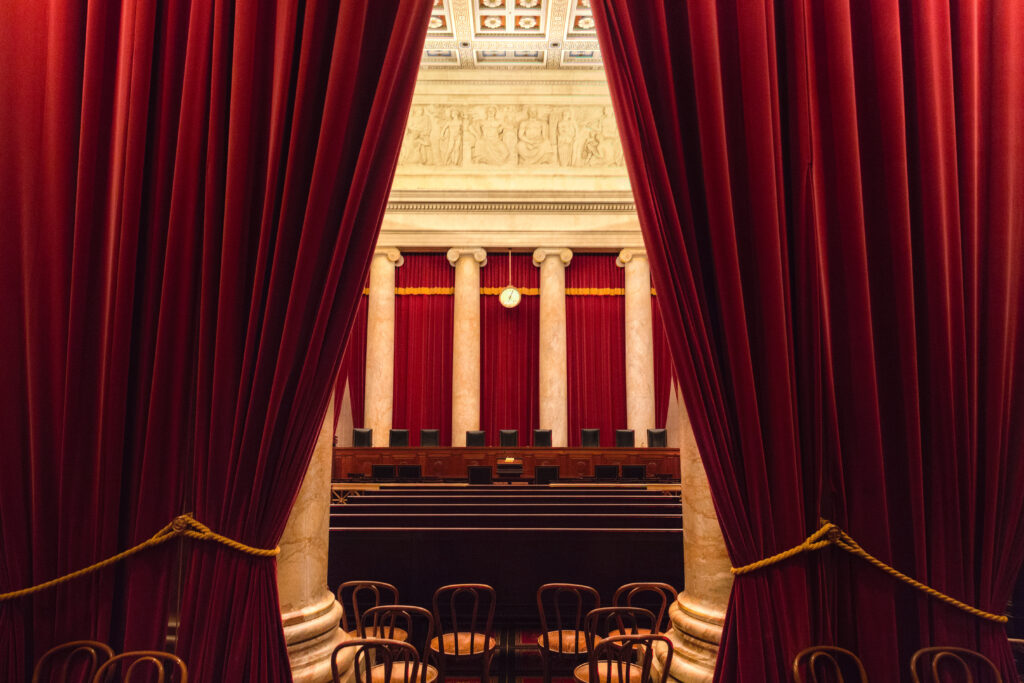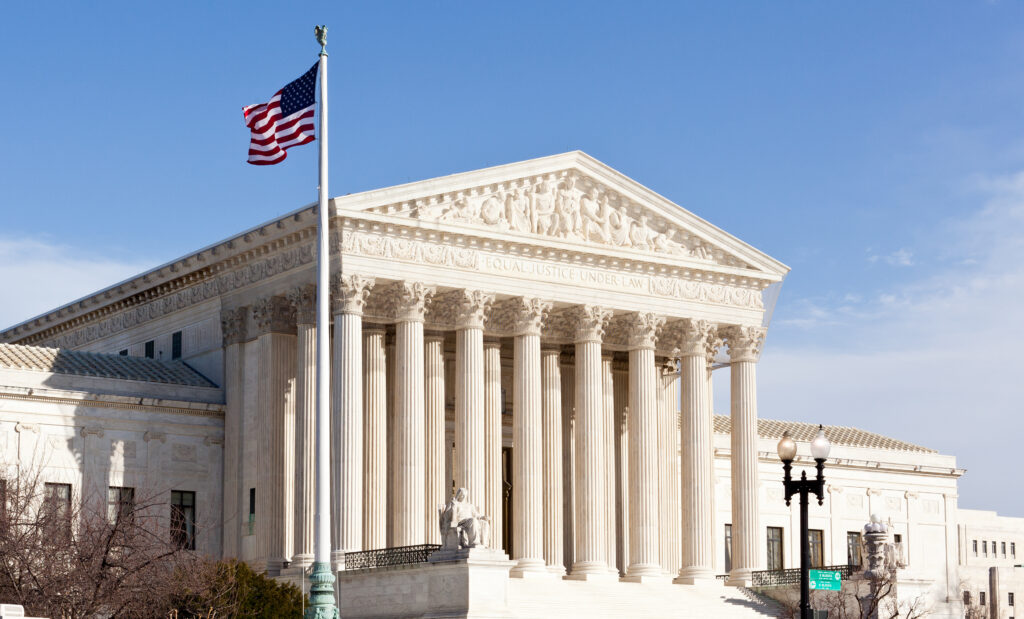Federal Appeals Court Hands Louisiana Major Pro-Life Victory on Admitting Privileges Regulation
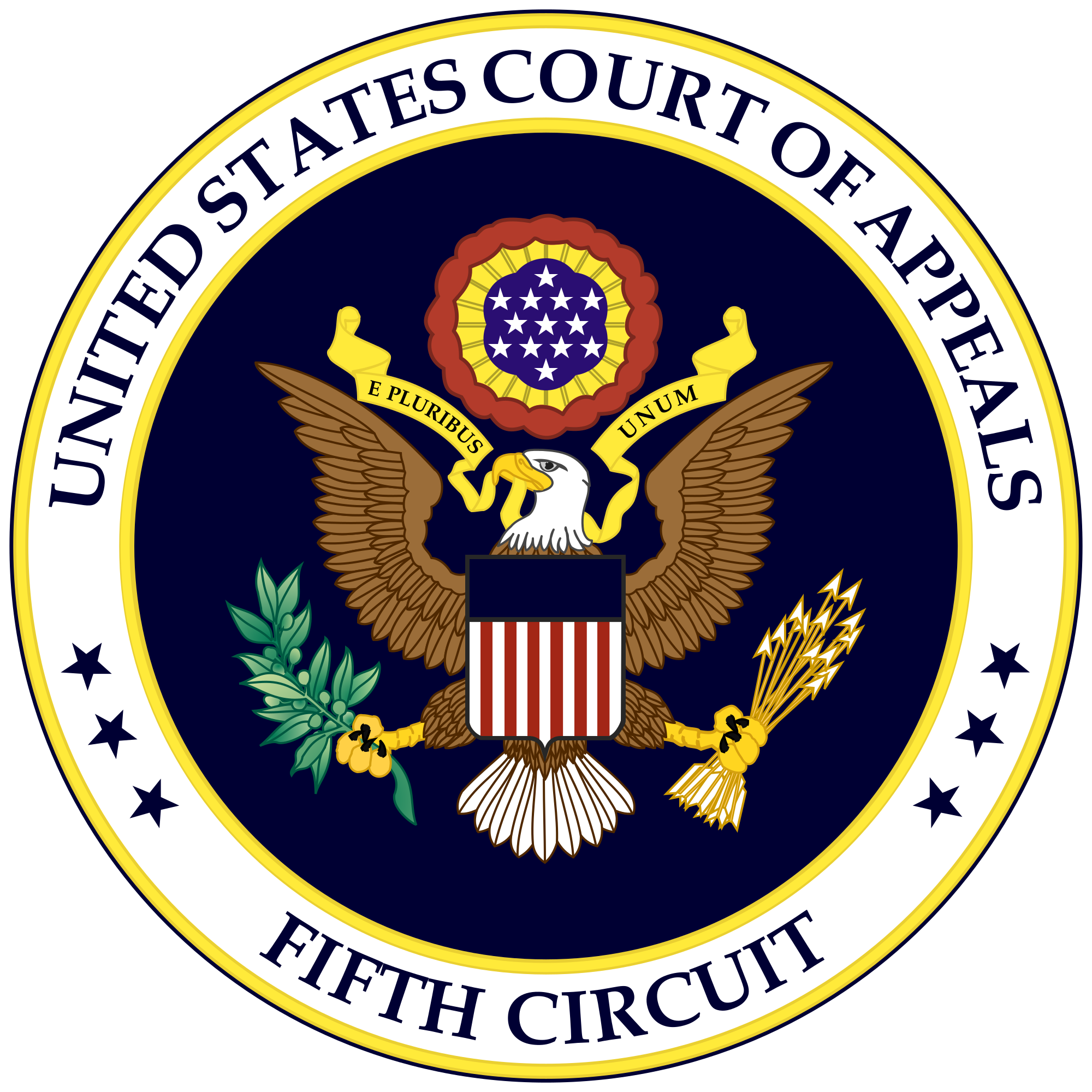
Louisiana has won a major pro-life victory in federal appeals court.
On September 26, 2018 the U.S. Court of Appeals for the Fifth Circuit reversed a lower court ruling and upheld a Louisiana law requiring abortionists to have admitting privileges at a hospital within 30 miles of where they perform abortions.
The Fifth Circuit painstakingly applied the Supreme Court’s 2016 ruling in Whole Woman’s Health v. Hellerstedt, which struck down a similar admitting privileges law in Texas. The Fifth Circuit explained that Hellerstedt requires courts to conduct a “fact-bound” analysis and that the facts in Louisiana were significantly different from the facts in Texas.
The Fifth Circuit ruling follows a ruling from the Eighth Circuit on September 10, 2018 that reversed a lower court decision against Missouri’s admitting privileges regulation. In the Missouri case the Eighth Circuit concluded that the district court had failed to apply the “plain language” of Hellerstedt by not weighing the asserted benefits of the regulation before striking it down.
Although the Missouri case goes back to the trial court for additional adjudication and the Louisiana case involves a full dismissal, both cases demonstrate that federal courts should not use Hellerstedt as a rubber stamp for lawsuits filed by the abortion industry.
Background of Louisiana Unsafe Abortion Protection Act
The case is June Medical Services L.L.C. v. Gee (No. 17-30397). The Fifth Circuit opinion was 2-1. Judge Jerry E. Smith authored the majority opinion, which Judge Clement joined. Judge Patrick Higginbotham dissented.
The case involves a challenge by three abortion clinics and two abortionists to the Louisiana Unsafe Abortion Protection Act, also referred to as Act 620 or simply the Act.
The Act requires “a physician performing or inducing an abortion” to “[h]ave active admitting privileges at a hospital that is located not further than thirty miles from the location at which the abortion is performed or induced and that provides obstetrical or gynecological health care services.”
The term “active admitting privileges” means that “the physician is a member in good standing of the medical staff of a hospital that is currently licensed by the department, with the ability to admit a patient and to provide diagnostic and surgical services to such patient.”
In the words of the Fifth Circuit, “Act 620 is premised on the state’s interest in protecting maternal health.” The court quotes Louisiana Representative Katrina Jackson (D) who, in introducing Act 620, explained, “[I]f you are going to perform abortions in the State of Louisiana, you’re going to do so in a safe environment and in a safe manner that offers women the optimal protection and care of their bodies.”

The court also explains that, “[d]uring consideration of the Act, the Louisiana Senate Committee on Health and Welfare heard testimony from women who had experienced complications during abortions and had been treated harshly by the provider.” The court cites as an example the experience of one woman who “testified that when she underwent an abortion and began to hemorrhage, ‘the abortion doctor could see that something had gone wrong’ but, instead of assisting her, ‘told [her] to get up and get out.’” This woman, the court says, “eventually required an emergency dilation and curettage (‘D&C’). Testimony also established,” the court continued, “numerous health and safety violations by Louisiana abortion clinics.”
Fifth Circuit Rules that Louisiana Admitting Privileges Do Not Impose Undue Burden on Abortion Access
The Fifth Circuit carefully examined the facts in Louisiana using the relevant legal standard for reviewing the fact findings of a trial court. The Fifth Circuit concluded that the records in the Louisiana case before it and the record in the Texas case resolved by the Supreme Court in Hellerstedt “diverge in all relevant respects.”
According to the Fifth Circuit, the district court in the Louisiana case had “overlooked that the facts in the [Louisiana] case are remarkably different from those that occasioned the invalidation of the Texas statute in [Hellerstedt]. Here, unlike in Texas,” the Fifth Circuit explained, “the Act does not impose a substantial burden on a large fraction of women under [Hellerstedt] and other controlling Supreme Court authority.” Indeed, the Fifth Circuit wrote, “Careful review of the record reveals stark differences between the record before us and that which the [Supreme] Court considered in [Hellerstedt].
Here are five key factual differences between Texas and Louisiana, as set out by the Fifth Circuit.
- “Almost all Texas hospitals required that for a doctor to maintain privileges there, he or she had to admit a minimum number of patients annually. Few Louisiana hospitals make that demand.”
- “Because Texas doctors could not gain privileges, all but 8 of 40 clinics closed. Here, only one doctor at one clinic is currently unable to obtain privileges; there is no evidence that any of the clinics will close as a result of the Act.”
- “In Texas, the number of women forced to drive over 150 miles increased by 350%. Driving distances will not increase in Louisiana.”
- “Unlike the record in Louisiana, the record in Texas reflected no benefits from the legislation.”
- “Finally, because of the closures, the remaining Texas clinics would have been overwhelmed, burdening every woman seeking an abortion. In Louisiana, however, the cessation of one doctor’s practice will affect, at most, only 30% of women, and even then not substantially.”
“That is only a summary,” the Fifth Circuit writes. “As we explain in detail,” the court explains, “other facts underscore how dramatically less the impact is in Louisiana than in Texas.”
“Because the Louisiana Act passes muster even under the stringent requirements of [Hellerstedt] and the other Supreme Court decisions by which we are strictly bound,” the Fifth Circuit announces, “we reverse and render a judgment of dismissal.”
The Fifth Circuit clarified that the facial challenge to the Louisiana law did not fail “only because the facts are less compelling in Louisiana than in Texas or that the facts in Texas are borderline such that any law imposing a burden even slightly less than in Texas would be immune to attack. Instead,” the court writes, “Act 620 passes muster independently and on its own terms. We make continuing references to the Texas statute invalidated in [Hellerstedt],” the Fifth Circuit explains, “to emphasize the dramatically different circumstances that called for the opposite result for Texas and to show how it is that the Louisiana law plainly satisfies both [Hellerstedt] and Casey.”
In the end, the Fifth Circuit concluded that Louisiana Act 620 “results in a potential increase of 54 minutes at one of the state’s clinics for at most 30% of women. That is not a substantial burden at all, much less a substantial burden on a large fraction of women as is required to sustain a facial challenge.”
“Despite its diligent effort to apply [Hellerstedt] faithfully, the district court clearly erred in concluding otherwise.” Accordingly, the Fifth Circuit reversed the judgment of the district court and rendered a judgment of dismissal.
Fifth Circuit Clarifies Legal Standard for Finding an “Undue Burden” Under Hellerstedt
The “fact-bound” analysis required by Hellerstedt relates to the legal issue of whether an abortion regulation imposes an “undue burden” on the Court-invented right to abortion access.
The Hellerstedt analysis, writes the Fifth Circuit, “is rooted in” the 1992 Supreme Court ruling in Planned Parenthood v. Casey, “which defined an ‘undue burden’ as ‘shorthand for the conclusion that a state regulation has the purpose or effect of placing a substantial obstacle in the path of a woman seeking an abortion of a nonviable fetus.’” The Supreme Court in Hellerstedt, recalls the Fifth Circuit, “explained that Casey ‘requires that courts consider the burdens a law imposes on abortion access together with the benefits those laws confer.’”
“There is no doubt,” the Fifth Circuit writes, that Hellerstedt “imposes a balancing test, and Louisiana errs in denying that. It is not reasonable to read the language in [Hellerstedt], quoted above, as announcing anything but a balancing test, especially given the Court’s express use of the word ‘balancing’ to describe Casey.”
At the same time, the Fifth Circuit writes, Louisiana “is correct” that the correct balancing test “is not a ‘pure’ balancing test under which any burden, no matter how slight, invalidates the law. Instead, the burden must still be substantial . . . .”
The Fifth Circuit goes on to explain that the Hellerstedt Court, “[q]uoting Casey as cited above . . . [,]began by emphasizing that to fail constitutional scrutiny, a law must place ‘a substantial obstacle in the path of a woman seeking an abortion.’” And Casey, the Fifth Circuit writes, “expressly allows for the possibility that not every burden creates a ‘substantial obstacle.’”
“Thus,” the Fifth Circuit announced, in laying down a very important conclusion of law, “even regulations with a minimal benefit are unconstitutional only where they present a substantial obstacle to abortion.”
Put another way, “A minimal burden even on a large fraction of women does not undermine the right to abortion. To conclude otherwise,” the Fifth Circuit wrote, “would neuter Casey, and any reasonable reading of [Hellerstedt] shows that the Court only reinforced what it had said in Casey.”
Thomas M. Messner, J.D. is a senior fellow in legal policy at the Charlotte Lozier Institute.





